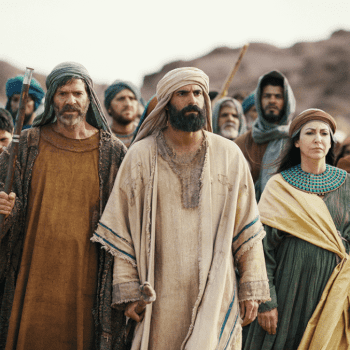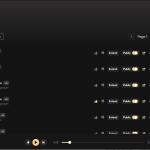Surreal in its normalcy, I found myself this week enjoying a fabulous panel at the Jewish Theological Seminary on the “Future of Judaism and Islam on American Campuses.” It was a deeply moving conversation, but felt hardly out of the ordinary to have an Imam, a rabbi, and even a Muslim scholar of Holocaust Studies on a panel moderated by a pastor. They seemed at home together — as did the many who gathered to watch and listen.
Though the speakers passionately relayed stories from their own lives about Jewish and Muslim life on university campuses, they also drew forth a growing body of scholarly work and research related to each community. These thought-leaders,Imam Abdullah Antepli, Rabbi Gail Swedroe, Dr. Mehnaz Afridi, and Pastor Paul Raushenbush, were taking part in a larger academic conversation about the ways in which religious traditions connect, conflict, and collaborate. Their dialogue, I would submit, is part of the growing field of “Inter-Religious Studies” — one that is now being articulated at conferences and within institutions of higher learning across the country.
Last Fall, my friend and mentor Eboo Patel persuasively presented the case that we are moving “Toward a Field of Interfaith Studies.” (A point of continued discussion is whether to name the field Inter-Religious or Interfaith Studies, as some view one as a subset of the other and vice versa.) Patel explained:
Read the rest here















